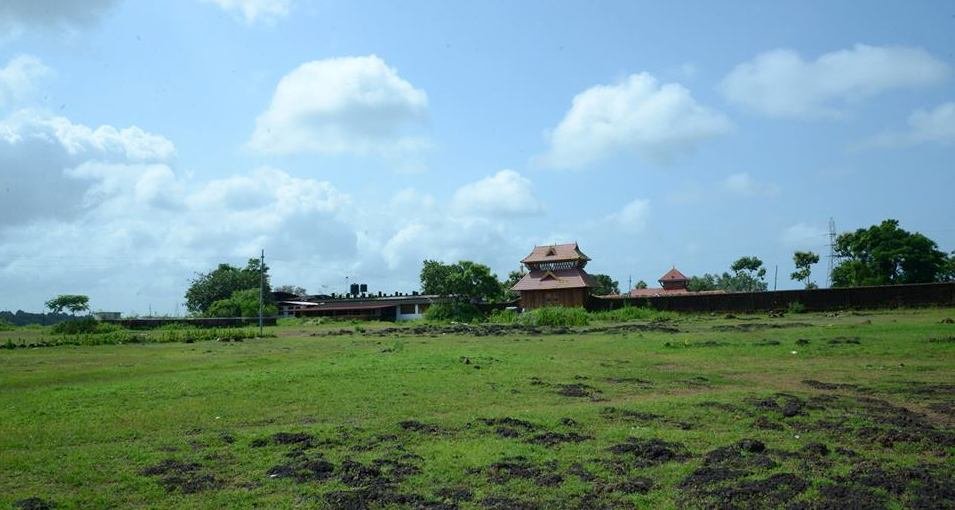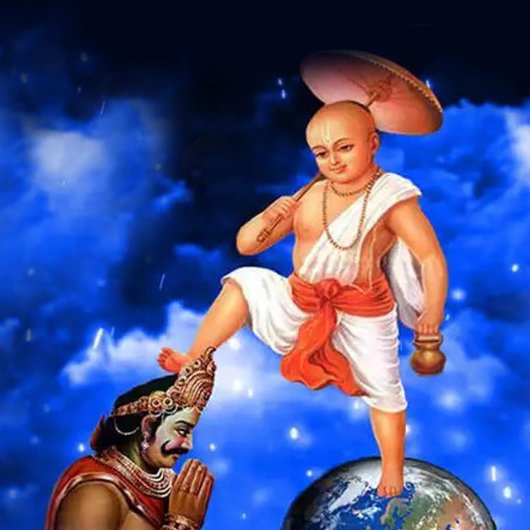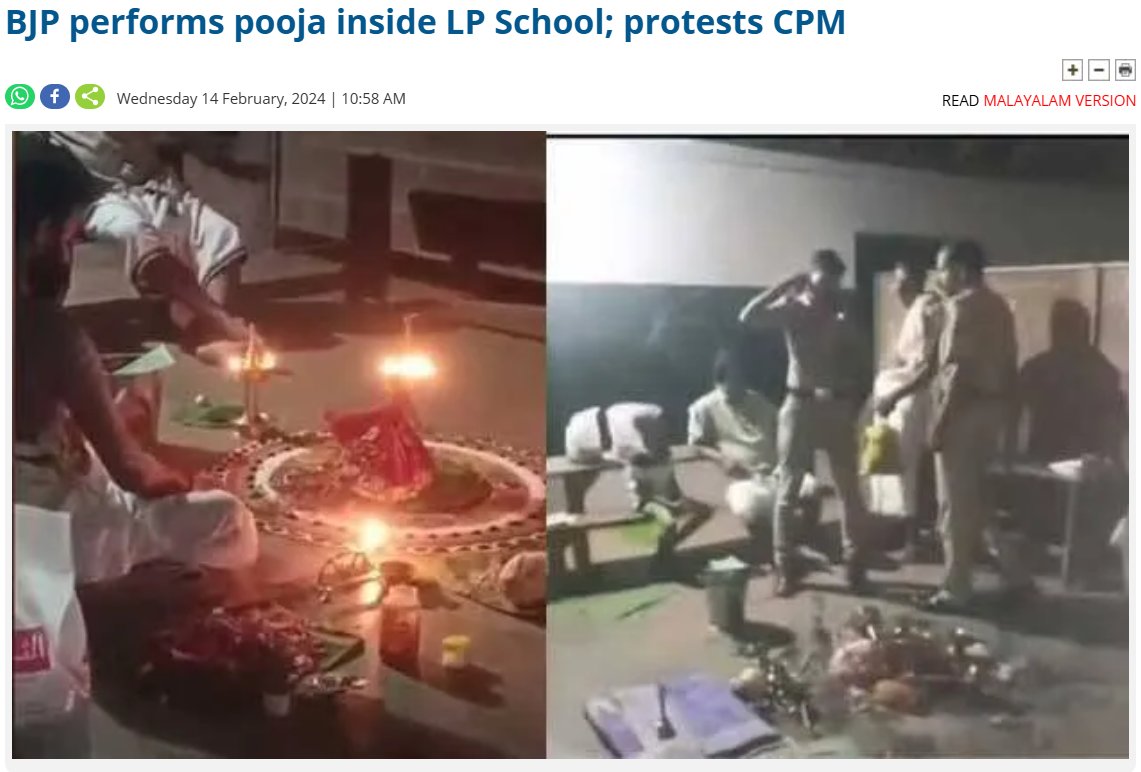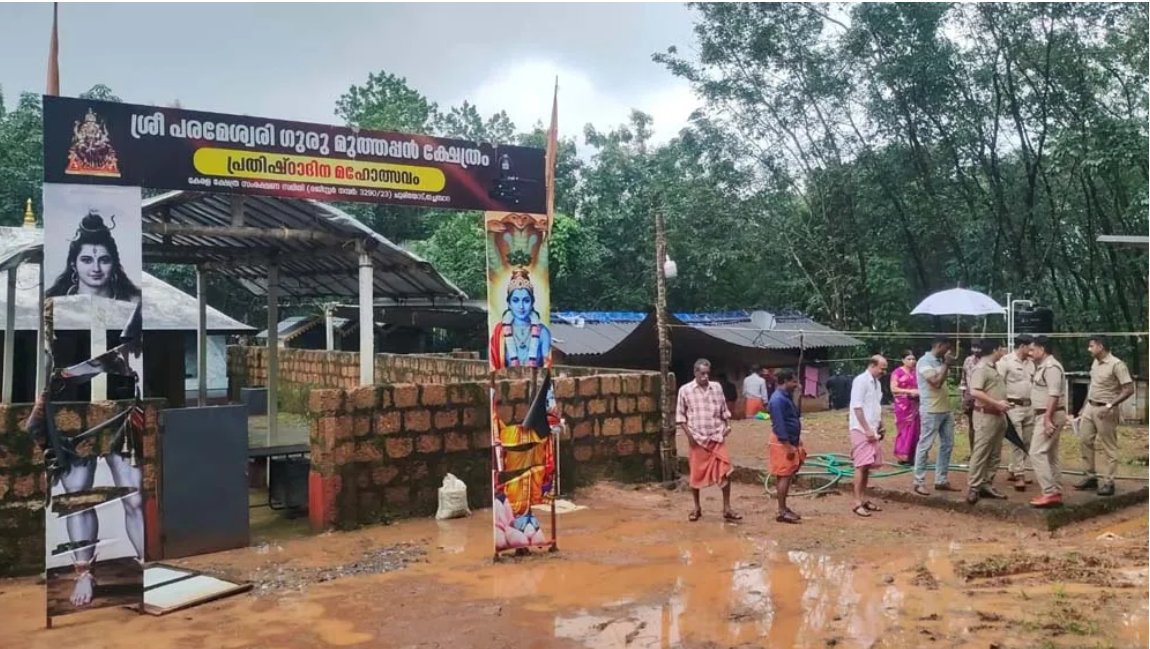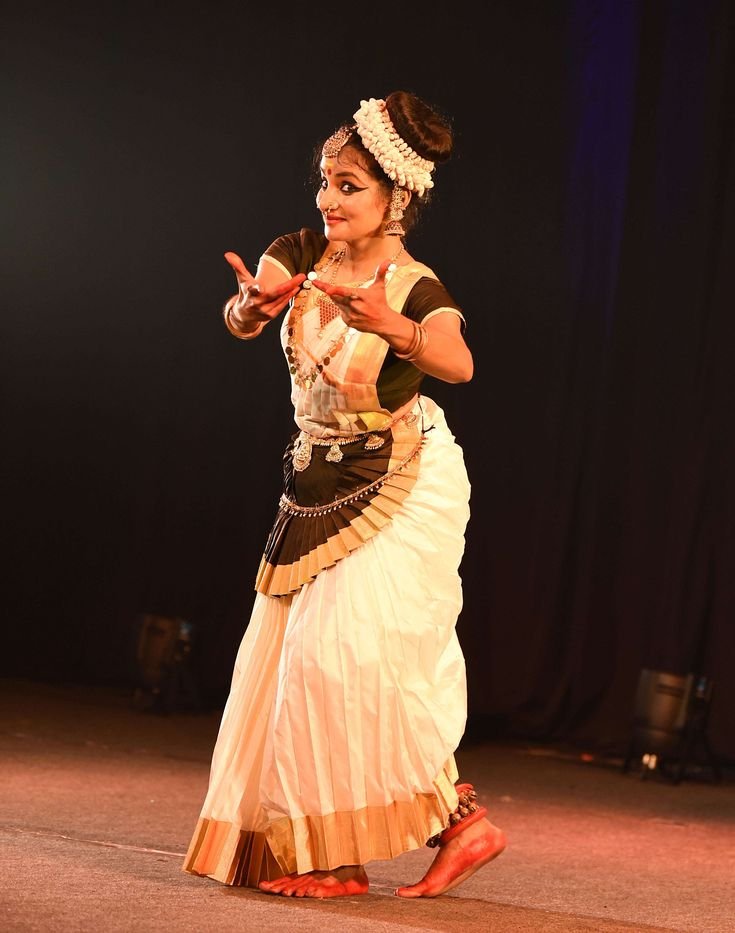Pathanamthitta collector – A role model!
Have you heard the name Divya.S.Iyer? She’s the collector of Pathanamthitta district of #Kerala, where Sabarimala temple is located.
@DSIyer
#SabarimalaPilgrimage
1/10
Have you heard the name Divya.S.Iyer? She’s the collector of Pathanamthitta district of #Kerala, where Sabarimala temple is located.
@DSIyer
#SabarimalaPilgrimage
1/10

A couple of days ago, she was honored with the “Excellence in Governance” award by the Home minister @AmitShah. She was one among the 18 collectors who was presented with the award, chosen from 404 district collectors across 29 states of India.
#Sabarimala
2/10
#Sabarimala
2/10

So, isn’t this just another routine award? What’s different? Read on! Divya S Iyer was in the news recently when she got into the bad books of the Communists and intellectuals in Kerala. Let me tell you why!
#Sabarimalapilgrimage
3/10
#Sabarimalapilgrimage
3/10

Being the Pathanamthitta collector, she was invited to an event in connection with the beginning of Sabarimala pilgrimage season in December 2022. Being a devotee of Swamy #Ayyappan herself, Divya led the chanting of the holy names of Swami Ayyappan. Please see the video!
4/10
4/10
This immediately became a controversy with a section of the Kerala government criticizing her for this saying that she was on official duty, and she was not supposed to be a part of the prayers and the rituals there.
#Sabarimalapilgrimage
5/10
#Sabarimalapilgrimage
5/10
You must remember that this is the same communist state government that sent its Christian minister to Vatican on government expenditure to witness the canonization of Mother Teresa. Muslim comrades are also allowed to practice their faith and even talk about it publicly.
6/10
6/10
But when it comes to Hindus, the rules change. Recently the #Devaswom board (the board that manages state temples) minister K.Radhakrishnan was seen at Sabarimala Sannidhanam during the pilgrimage season. See this photo to know what I am talking about!
7/10
7/10

He didn’t have the courage or the decency to bring his two palms together in front of the deity. Many Keralites would remember how the Kerala CM mockingly asked pointing towards the #Guruvayoor Sri #Krishna deity – “Is that where Krishnan is?” when he visited the temple.
8/10
8/10
In a state where mocking Hindu rituals and culture has become a daily affair, Divya.S.Iyer comes as a breath of fresh air. @DSIyer #sabarimalapilgrimage
9/10
9/10
@DSIyer Thank you Divya.S.Iyer for being who you are, for upholding your culture and beliefs! Congratulations on a well-deserved award! You are a woman with a strong spine and would serve as an inspiration and a role model for many more men and women in the years to come! @DSIyer
10/10
10/10

• • •
Missing some Tweet in this thread? You can try to
force a refresh





